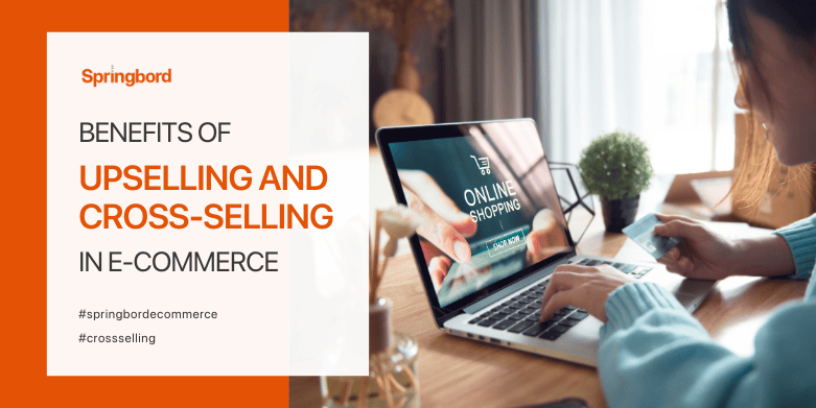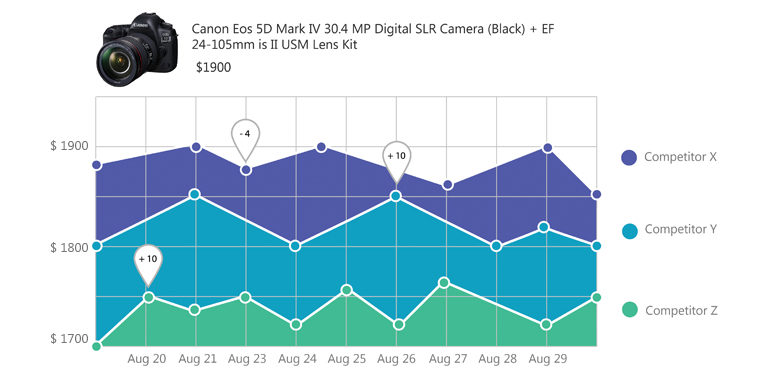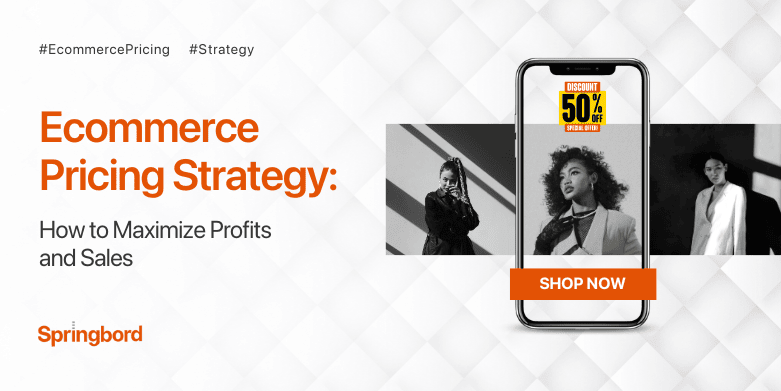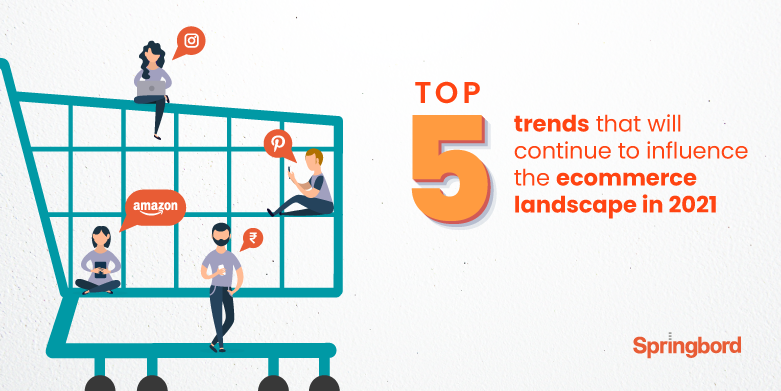 Read time 3 min
Read time 3 minAs an e-commerce business, increasing sales and revenue is always a top priority. There are many strategies businesses can use to achieve this goal, but one of the most effective is upselling and cross-selling.
Upselling involves encouraging customers to purchase a more expensive version of a product they are already interested in while cross-selling involves offering complementary products to what the customer is already considering. These strategies not only increase revenue but also improve customer satisfaction by providing them with additional options that meet their needs.
In this article, we will discuss the benefits of cross-selling in e-commerce and how partnering with Springbord can help businesses optimize their cross-selling strategies.
Benefit 1: Increased Revenue
One of the most obvious benefits of cross-selling is increased revenue. By offering complementary products, businesses can increase the average order value and generate more sales from each customer. For example, a customer who is interested in purchasing a new laptop may also be interested in purchasing a laptop bag, an external hard drive, or a wireless mouse.
By offering these products as a cross-sell, businesses can increase the overall purchase amount and generate more revenue from the same customer.
Benefit 2: Improved Customer Satisfaction
In addition to generating more revenue, cross-selling can also improve customer satisfaction. By offering complementary products, businesses are providing customers with additional options that meet their needs. This not only helps customers find what they are looking for but also demonstrates that the business understands their needs and is committed to meeting them.
By improving the overall customer experience, businesses can improve customer retention and generate more repeat sales.
Benefit 3: Increased Brand Awareness
Cross-selling can also help businesses increase brand awareness. By offering complementary products, businesses can introduce customers to new products they may not have been aware of otherwise. This can help businesses expand their product lines and generate more interest in their brand.
In addition, satisfied customers are more likely to recommend the business to others, increasing brand awareness and generating more sales in the long term.
Benefit 4: Personalization
Cross-selling allows businesses to personalize the customer experience and offer tailored recommendations based on their interests and needs.
By analyzing customer data and purchase history, businesses can offer targeted cross-sells that are more likely to result in a purchase.
For example, if a customer frequently purchases beauty products, a cross-sell for a new skincare line may be more effective than a cross-sell for a new tech gadget.
Benefit 5: Cost-Effective Marketing
Cross-selling is a cost-effective marketing strategy that can generate more sales without requiring a significant investment in advertising or marketing.
Using customer data to offer targeted cross-sells, businesses can generate more sales without incurring the costs associated with traditional marketing efforts.
Benefit 6: Increased customer loyalty
By offering additional relevant products to customers, you show that you understand their needs and preferences. More satisfied customers are more likely to become loyal ones.
Benefit 7: Enhanced customer experience
Upselling and cross-selling can provide customers with a more personalized shopping experience.
By offering products that complement or enhance the items they have already selected, you can help them create a complete solution that meets their needs.
Benefit 8: Improved profit margins
Upselling and cross-selling can help you increase your average order value, which can improve your profit margins.
By encouraging customers to purchase more, you can boost your revenue without incurring additional marketing or operational costs.
Benefit 9: Competitive advantage
Implementing upselling and cross-selling strategies can help you stand out from your competitors.
By offering a wider range of products and services, you can demonstrate your expertise and value to customers, which can give you an edge over other e-commerce retailers.
Benefit 10: Data collection
By tracking the products that customers purchase and the additional items they add to their carts, you can gain valuable insights into their preferences and behavior.
This data can help you refine your product offerings, improve your marketing strategies, and personalize the customer experience even further.
How Springbord Can Help with Cross-Selling in E-commerce
Springbord is a full-service e-commerce solutions provider that can help businesses optimize their cross-selling strategies.
Our team of experts can help businesses analyze customer data and purchase history to identify effective cross-selling opportunities.
We can also help businesses design and implement cross-selling campaigns that are tailored to their customers’ needs and interests. By partnering with Springbord, businesses can benefit from our expertise in e-commerce and improve their overall revenue and customer satisfaction.
Conclusion
Cross-selling is an effective strategy that can help e-commerce businesses increase revenue, improve customer satisfaction, increase brand awareness, personalize the customer experience, and reduce marketing costs.
By partnering with Springbord, businesses can take advantage of our expertise in e-commerce and optimize their cross-selling strategies.
With our help, businesses can improve their overall revenue and customer satisfaction and take their e-commerce business to the next level.







